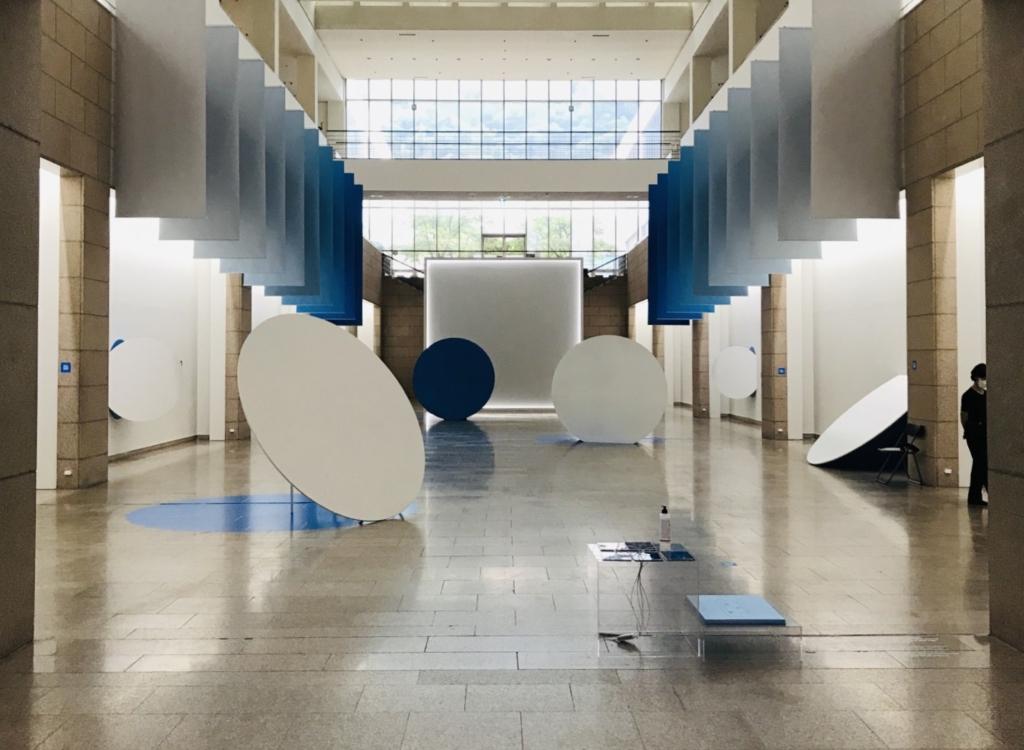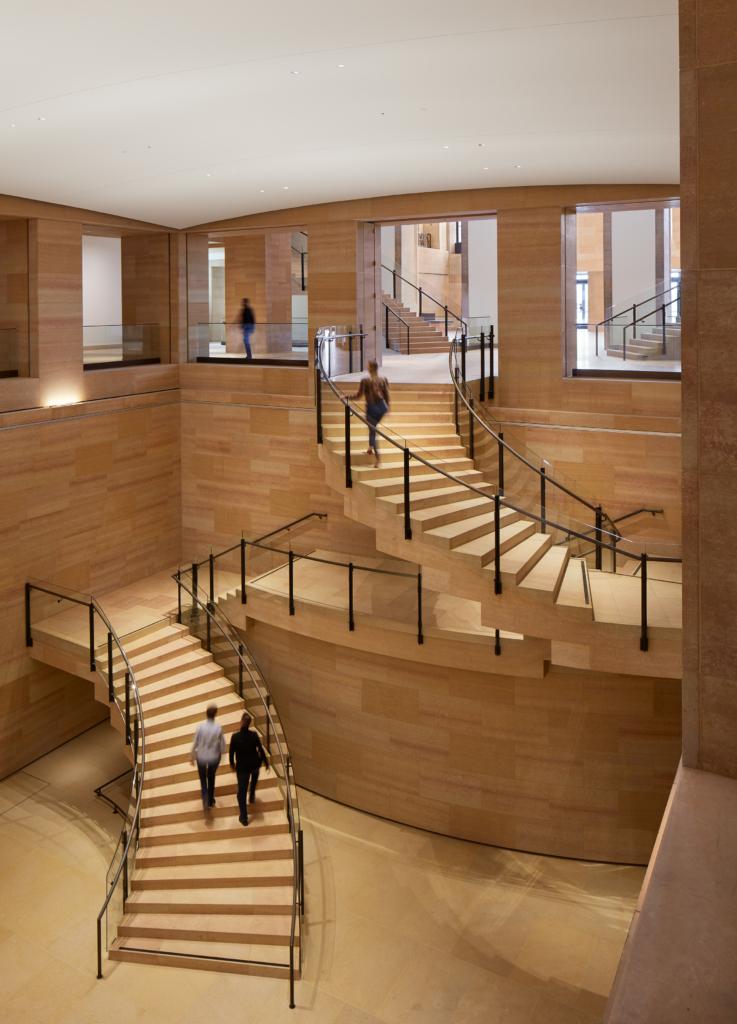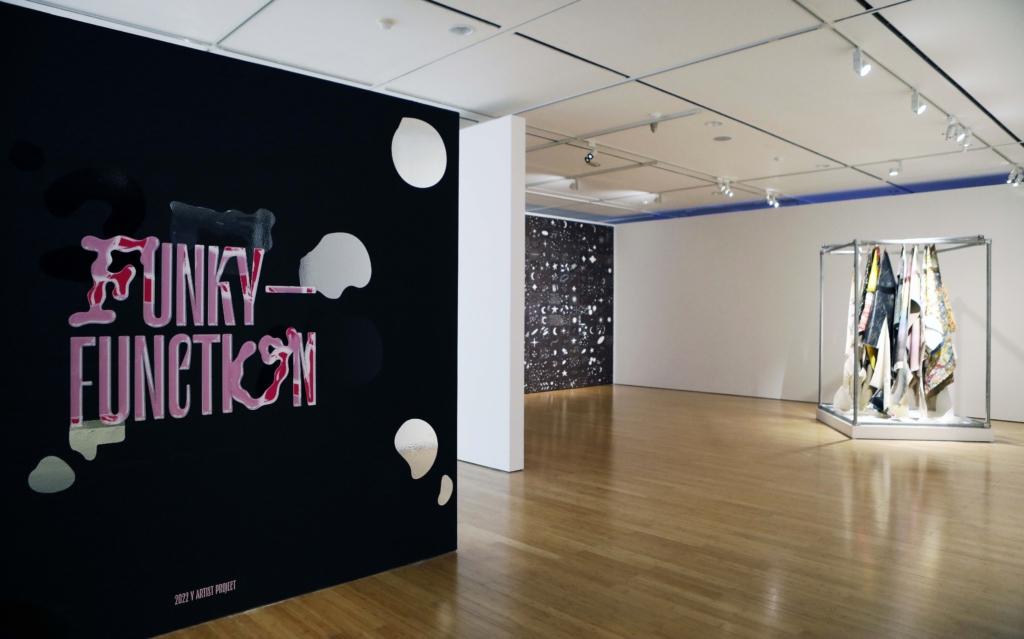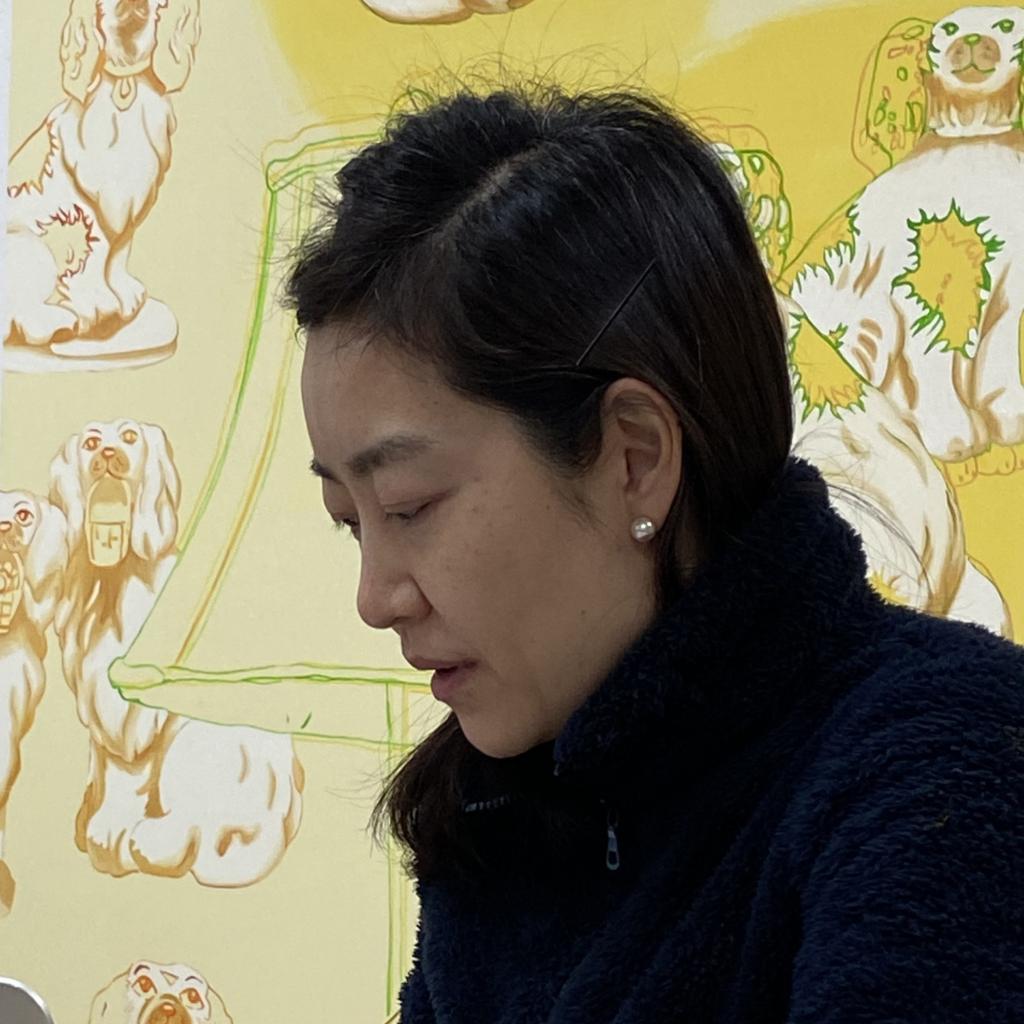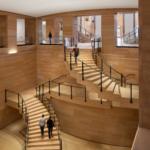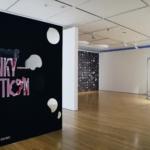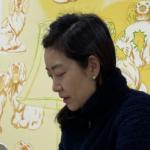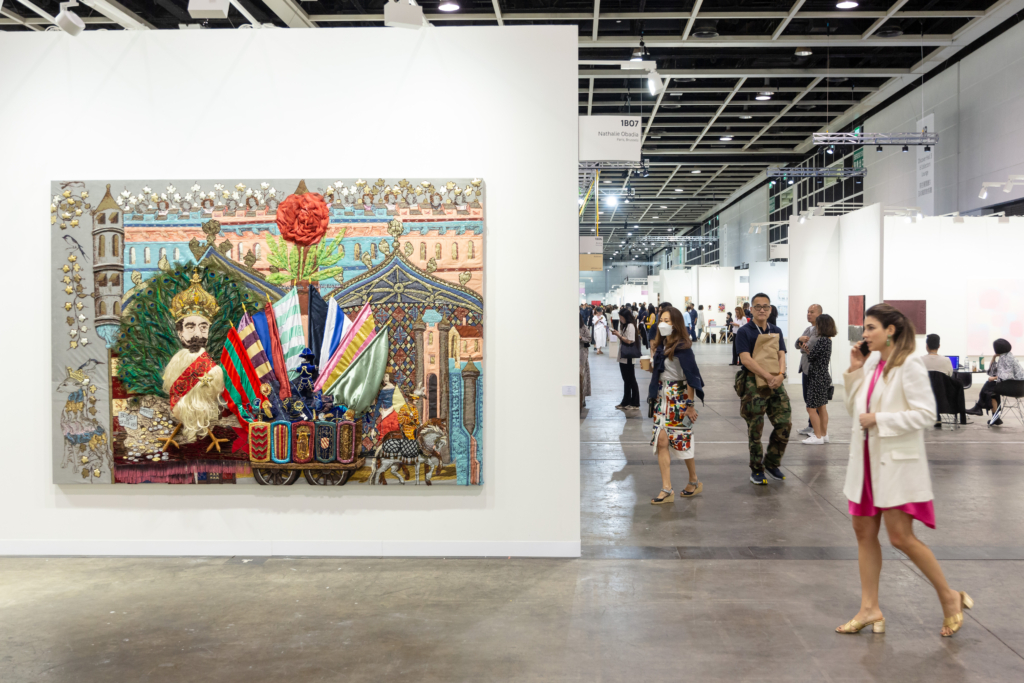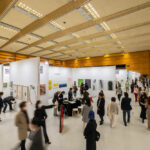What Has Brought the Boom in Korean Art Fairs?
With in-person art auctions and art fairs reopening, the international art market is seemingly recovering to pre-pandemic levels. However, the Korean art market is showing a rapid rise going beyond recovery. For instance, most of the major art fairs in Korea have reported all-time sales records throughout the past year.
Galleries Art Fair 2021, the oldest art fair in Korea, which had its 39th anniversary in March, reported that its total sales reached 7.2 billion KRW (approximately $6 million), more than double the previous year’s total. The 10th Art Busan was held in Korea’s second-largest city, Busan, in May and reached an all-time record of 35 billion KRW ($30 million). KIAF Seoul, the largest art fair in Korea, held in October, achieved the highest record of all Korean art fairs of 65 billion KRW ($55 million). The Daegu Art Fair, held in November in Daegu, the third-largest metropolitan area of Korea, also achieved a new record of 9.8 billion KRW ($8.3 million).
Several factors seem to have contributed to this year’s successive boom in Korean art fairs and the rapid growth of the local art market.
Media outlets saw that the overheated investment market had driven investors to find alternatives to stock, cryptocurrency, and real estate, of which art is a prime example. Although art investment may not allow much flexibility in returns, people tend to perceive it as a relatively stable investment method, making art an attractive asset class.
In addition to viewing art as an alternative investment, young collectors, including the MZ generation, purchase artworks as a means of reflecting their tastes. Young collectors have a stronger tendency to express their values and preferences to the public. Thus, they consume and invest in goods linked to their need to express their unique selves, which makes art investment a perfect fit.
COVID-19 has also transformed consumer spending habits, which has contributed to the increasing number of artwork purchases. As people spent more time at home, a strong desire to create a comfortable and enjoyable living and workspace led people to use their savings for interior decorations or hanging art.
The influence of celebrities may also have played a role. In recent years, K-pop boy band BIGBANG members’ art collections were introduced, and celebrities’ visits to this year’s art fairs, including K-pop megastars BTS’s RM and V, as well as superstars Lee Byung-hun and Jeon Ji-hyun, have been reported in media outlets. These exposures have lowered the high barriers to art collecting.
Furthermore, as the collection of artworks the Samsung family donated to the government was opened this year, it has also inspired many people to invest in art.
International galleries and art fairs entering the Korean art market is another factor that has raised local interest.
This year, major international galleries, including König, Pace, and Thaddaeus Ropac, opened branches in Korea or moved to larger facilities. And a number of overseas galleries newly participating in Korean art fairs were introduced through various media.
What caught the most attention was that Frieze, a major international art fair, announced that it would hold an edition jointly with KIAF in Seoul from next year. Because of this news, this year’s KIAF welcomed the largest number of visitors, about 88,000.
These changes have not only affected the local art fairs but have led the art market to a surge. The Korean art market was slightly above 400 billion KRW (approx. $340 million) in 2019, but experts predict that this year’s total sales will reach 1 trillion KRW (about $847 million).
This is a bright prospect for the local art market. However, media outlets and experts believes that the Korean art market should take actions to make sure that this trend doesn’t end up as a mere passing phase, encourage stable, continuous growth by enhancing collectors’ as well as the public’s understanding of the art market, and most of all, develop and improve the local art market structure to an international level.
Aproject Company. Co., Ltd | Founder & CEO : Jay Jongho Kim
216 Dosan-Daero, B2F, Gangnam-gu, 06047 Seoul, Korea
Business Number : 894-88-01945
Contact : aproject.company@gmail.com
Mail-order-sales registration number : 제 2021-서울강남-04243 호
























